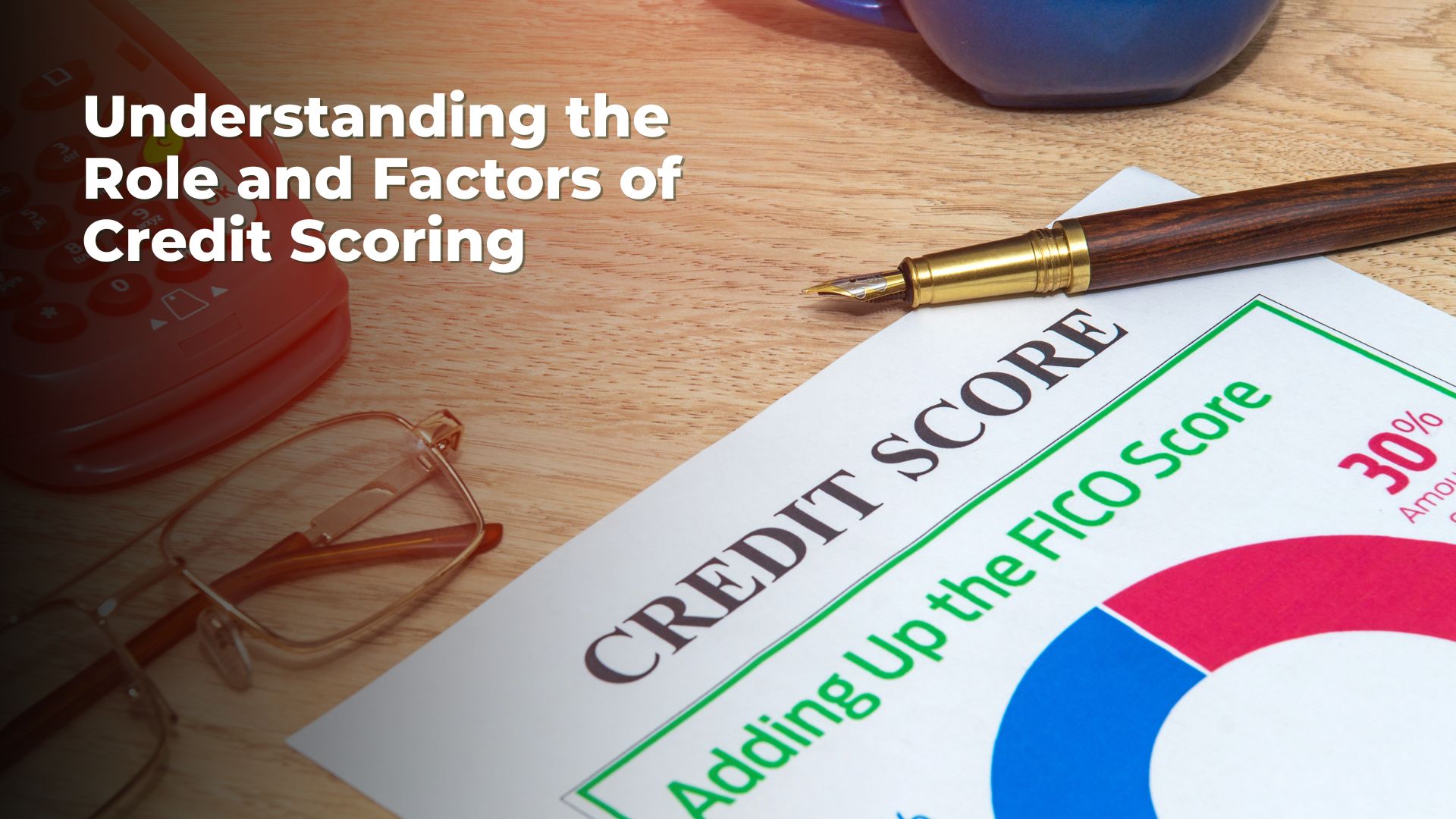

Investing in distressed assets and securities offers a unique opportunity to capitalize on market dislocations. As lower prices and higher loan rates pressured the market, the pool of distressed U.S. commercial properties increased to $85.8 billion in 2023, with distressed office assets accounting for most of this growth.
Distressed assets, which include non-performing loans, discounted real estate, and debt instruments, usually emerge during recessions or company-specific crises.
For investors willing to navigate the complexities, these assets can be acquired at a fraction of their intrinsic value, offering the potential for significant returns.
Knowing distressed assets and securities is essential whether you want to diversify your portfolio or make high-risk, high-reward investments. The article will walk you through their foundations, associated risks, and practical approaches that may help you on your investment path.
Distressed assets are financial instruments or real estate that have seen a substantial decline in value due to economic instability, unfavorable market circumstances, or financial crises.
Assessing their investment potential and figuring out whether they fit your strategy requires understanding the nature and causes of this distress.
Understanding the characteristics of distressed assets is the foundation of a successful investment strategy. Let's now explore why these investments, which appear to be high-risk, can offer excellent opportunities.
Not all investors will find distressed assets appealing, but those skilled at identifying undervalued opportunities present a unique chance to make significant profits. Let's examine the key reasons for including distressed assets in your portfolio.
For instance, smart investors who bought distressed real estate holdings at deep discounts during the 2008 financial crisis enjoyed returns of more than 200% in the years that followed.
However, as not all distressed assets recover as anticipated, it is important to approach such investments cautiously.
Investing in distressed assets has several risks and difficulties despite the attractive potential benefits. Building a successful strategy requires understanding these risks, which we will explore next.
Every investment has some risk, but distressed equities present unique challenges that require careful consideration. Making informed decisions and safeguarding your finances depend on your ability to comprehend these risks.

For Example: As companies left office buildings because of remote work restrictions during the 2020 pandemic, many distressed commercial properties experienced prolonged depreciation.
Pro Tip: Unless you have a lot of experience or are working with experts, don't allocate a significant amount of your portfolio to distressed assets.
Understanding these risks highlights how crucial it is to approach distressed investing thoughtfully. Now, let's discuss some key strategies that could reduce these challenges.
Investing in distressed assets requires a solid strategy to be successful. You can significantly increase your chances of positive outcomes by combining careful research, expert guidance, and diversification.
Look for assets with a high potential for recovery or underlying fundamentals that indicate the possibility of a turnaround. For instance, distressed corporate bonds from a company with a viable restructuring plan could yield substantial returns if the company recovers.
Pro Tip: Seek investments in sectors like infrastructure or renewable energy showing indications of recovery or with government support.
In this complex industry, collaborating with professionals is essential. Companies like South East Client Services manage distressed portfolios, navigate regulatory landscapes, and ensure compliance. Their expertise optimizes recovery potential and lowers operating risks.
For Example: By acquiring distressed loans during a bank's bankruptcy process, an investor working with a professional agency could avoid expensive legal complications and achieve a 50% return in just two years.
Analyze the root causes of the distress in detail and determine whether recovery is possible. To make an informed decision, carefully review financial accounts, market trends, and restructuring plans.
Pro Tip: Make a checklist for assessing distressed assets, including market position, legal issues, and financial health.
A balanced portfolio helps spread risk and reduce exposure to a single asset type or industry. For instance, combining distressed corporate bonds with undervalued real estate can create a more stable risk profile.
For Example: During the 2008 financial crisis, investors who diversified across sectors like healthcare, real estate, and energy saw lower overall losses than those who focused only on real estate.
You will be more capable of handling the challenges of distressed investing if you put these tactics into practice. As we'll discuss next, using the right resources and tools will help you make better decisions.
Using the right tools, resources, and understanding is crucial for distressed asset investing success. You may make better choices and handle complexity skillfully if you have the correct support systems.
Their expertise enables you to focus on strategic decisions while they manage the complex legal and operational issues related to distressed investing.
By combining market data, cutting-edge technology, and expert guidance, you can confidently enter the distressed investing space and unlock its full potential.
Purchasing distressed equities and assets can be both challenging and rewarding. You can take advantage of discounted opportunities if you know what these assets are, why they are worthwhile, and the risks involved. The likelihood of significant profits becomes attainable with the correct instruments and an effective strategy.
Businesses like South East Client Services (SECS) make the process easier. They enable investors to minimize risks and optimize profits legally and ethically responsibly with their expertise and personalized solutions. To learn more about how SECS can support your distressed investment strategy, reach out today and take the first step toward smarter, more confident investing.